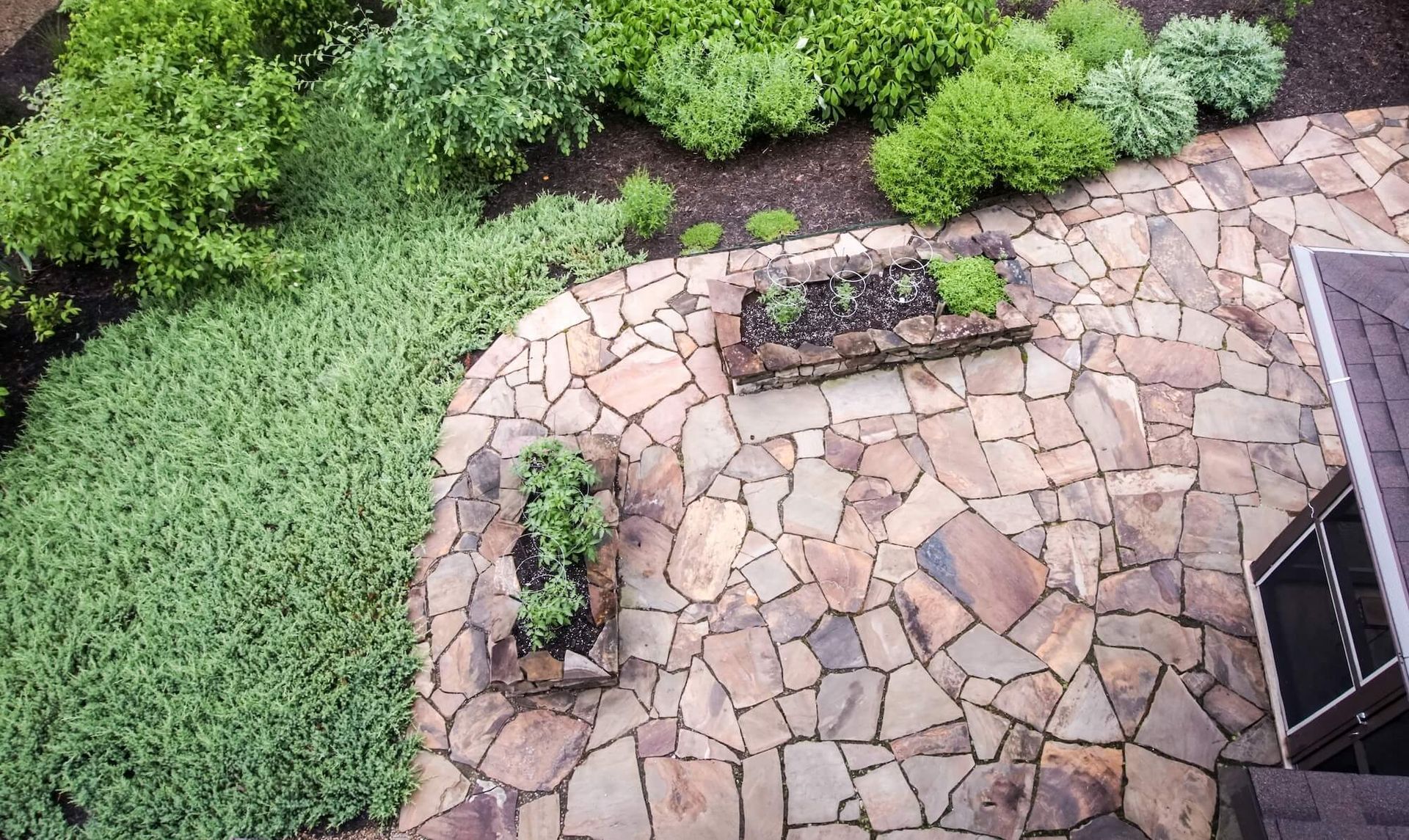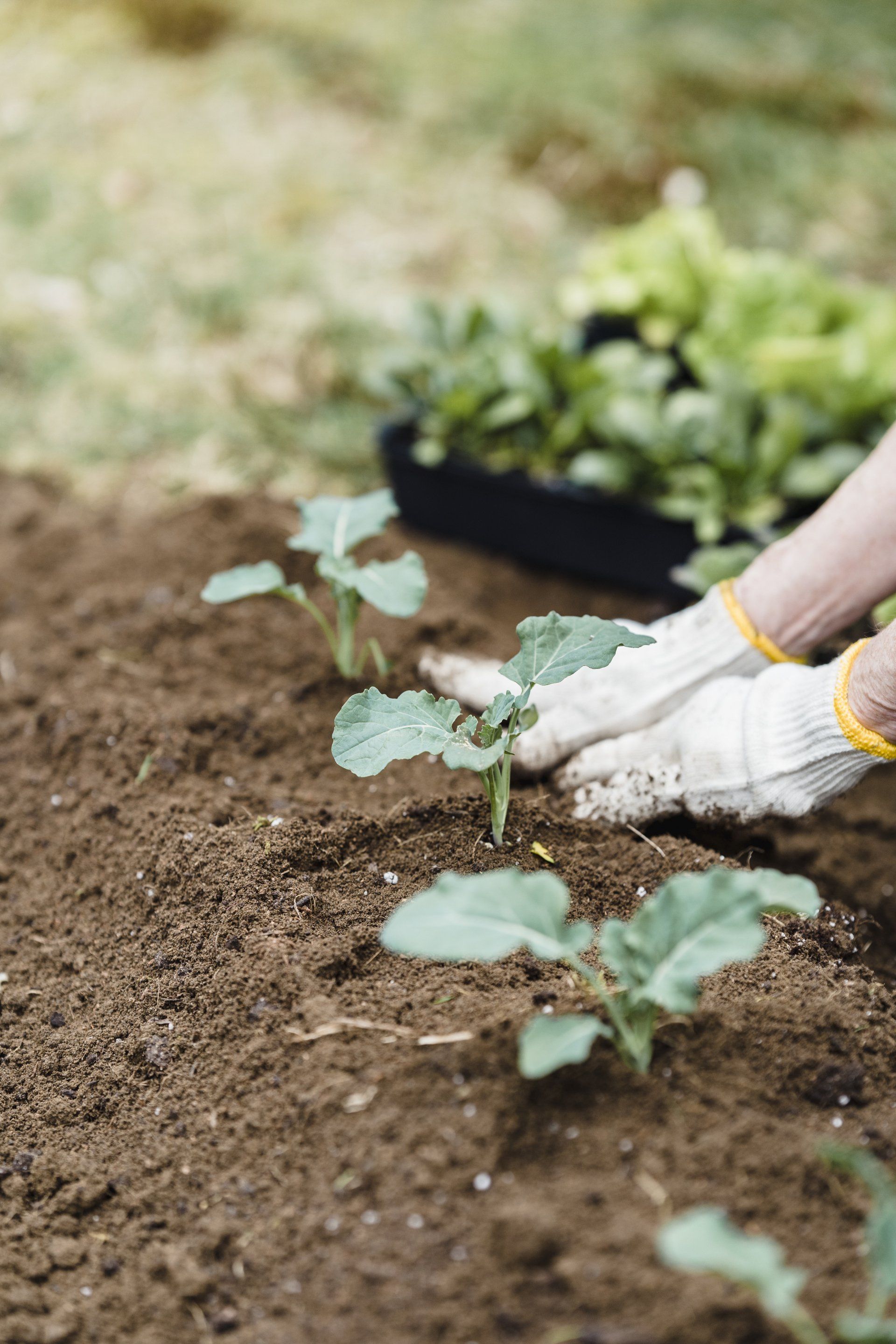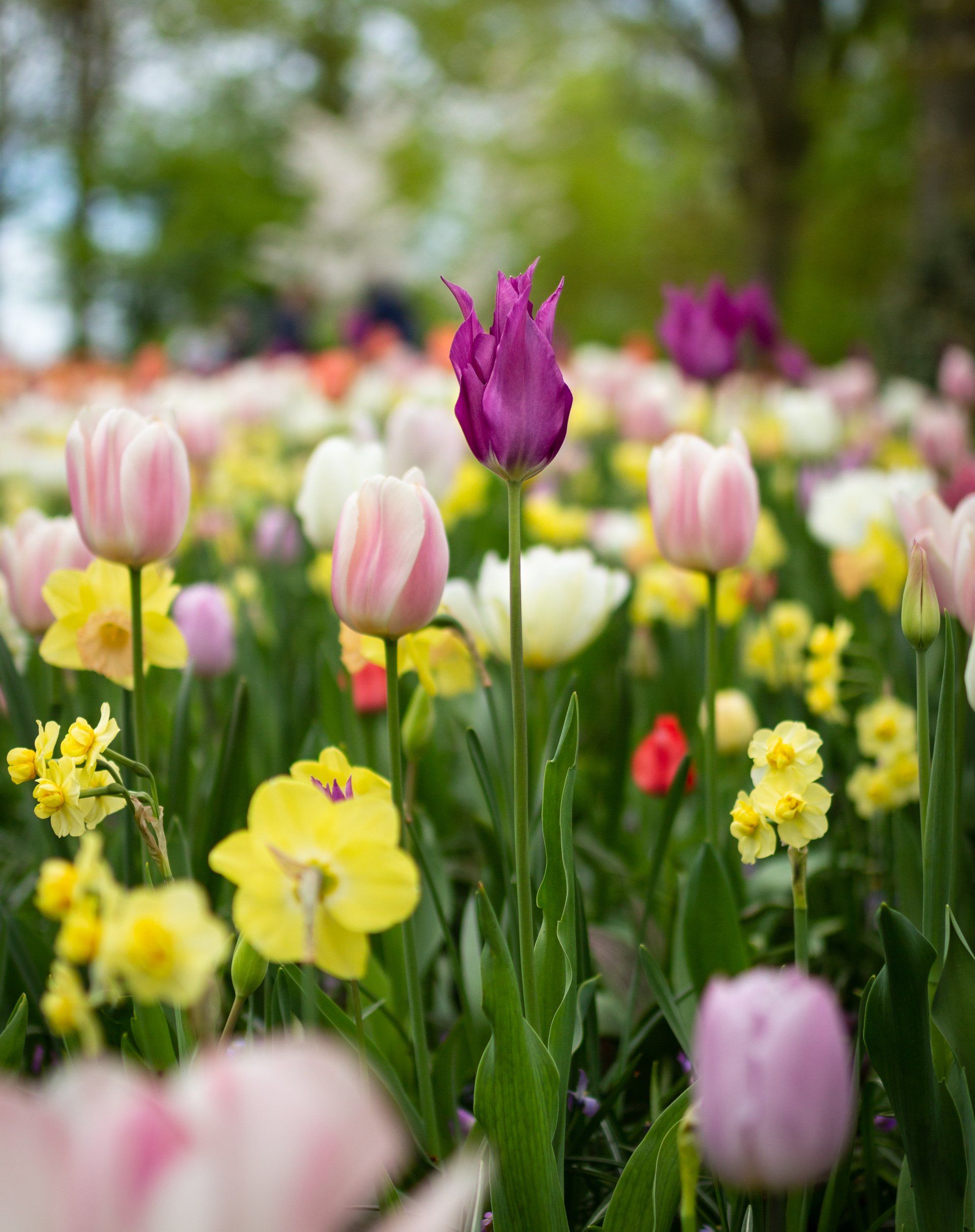June 10, 2024
Hardscaping involves the use of non-living elements to create structure, functionality, and visual interest in outdoor spaces. There is a wide range of materials commonly used in hardscaping, each offering unique characteristics in terms of durability, aesthetics, and versatility. Here are some of the most commonly used materials in hardscaping: Natural Stone : Natural stone, such as flagstone, slate, limestone, and granite, is prized for its durability, natural beauty, and timeless appeal. It can be used to create pathways, patios, retaining walls, and garden borders, adding texture and visual interest to the landscape. Brick : Brick is a classic hardscaping material known for its warm, rustic charm and versatility. It can be used to create pathways, driveways, patios, and walls, and is available in a variety of colors, sizes, and patterns to suit different design styles. Concrete : Concrete is a versatile and cost-effective hardscaping material that can be molded into virtually any shape and size. It is commonly used for patios, walkways, driveways, and retaining walls, and can be stamped, stained, or textured to mimic the look of natural stone or brick. Pavers : Pavers are pre-cast concrete or clay units that are used to create durable and visually appealing surfaces for patios, walkways, and driveways. They come in a wide range of shapes, sizes, colors, and patterns, allowing for endless design possibilities. Wood : Wood is a warm and natural hardscaping material that adds a touch of warmth and character to outdoor spaces. It is commonly used for decks, pergolas, fences, and garden borders, and is available in a variety of species, grades, and finishes to suit different aesthetic preferences. Composite Materials : Composite materials, such as recycled plastic and wood fibers, offer the look of wood with the durability and low maintenance of plastic. They are commonly used for decking, fencing, and edging, and are resistant to rot, decay, and insect damage. Metal : Metal, such as steel, aluminum, and wrought iron, can be used to create durable and visually striking hardscaping elements such as fences, gates, arbors, and trellises. It adds a contemporary touch to outdoor spaces and can be customized to suit different design styles. Gravel and Crushed Stone : Gravel and crushed stone are cost-effective hardscaping materials commonly used for pathways, driveways, and drainage solutions. They come in a variety of sizes and colors and provide excellent drainage while adding texture and visual interest to the landscape. Boulders and Rock : Boulders and rocks can be used to create naturalistic accents, focal points, and retaining walls in the landscape. They add texture, dimension, and visual interest and are available in a variety of sizes, shapes, and colors to suit different design styles. Masonry Blocks : Masonry blocks, such as concrete blocks and cinder blocks, are versatile hardscaping materials commonly used for retaining walls, garden beds, and outdoor kitchens. They are durable, easy to work with, and available in a variety of sizes, shapes, and finishes. These are just a few examples of the many materials commonly used in hardscaping. The choice of materials depends on factors such as budget, design aesthetic, site conditions, and functional requirements, and a skilled landscape designer can help clients select the perfect materials to bring their vision to life.



